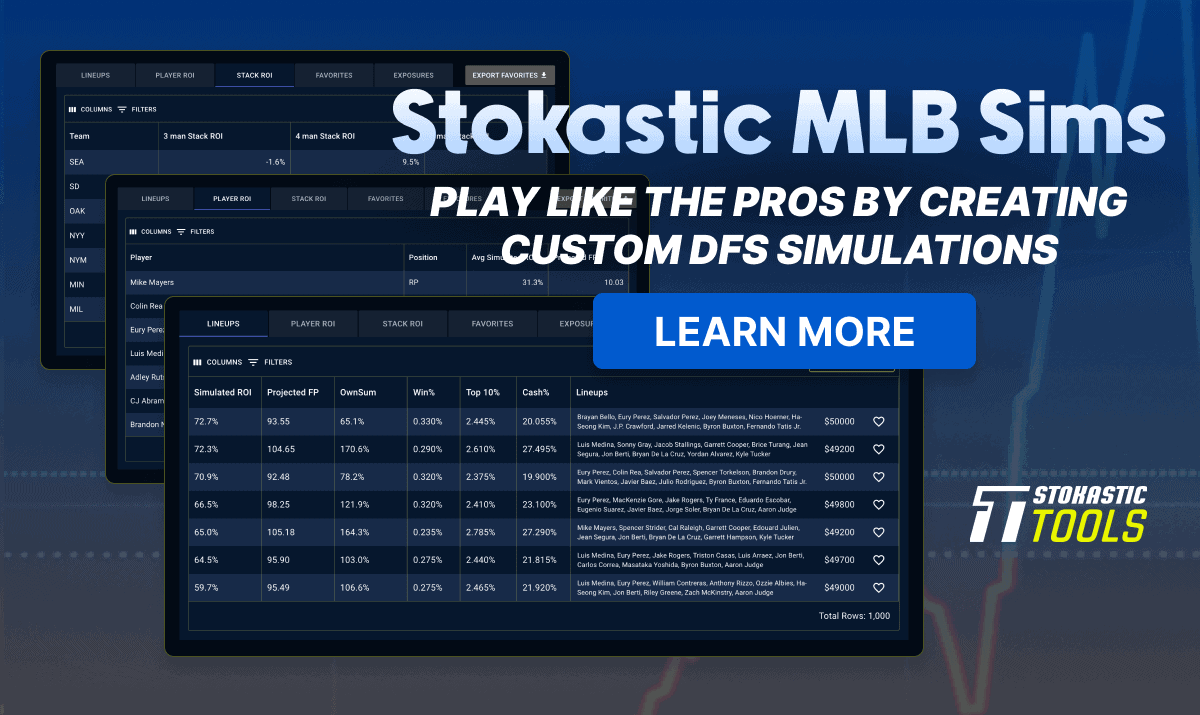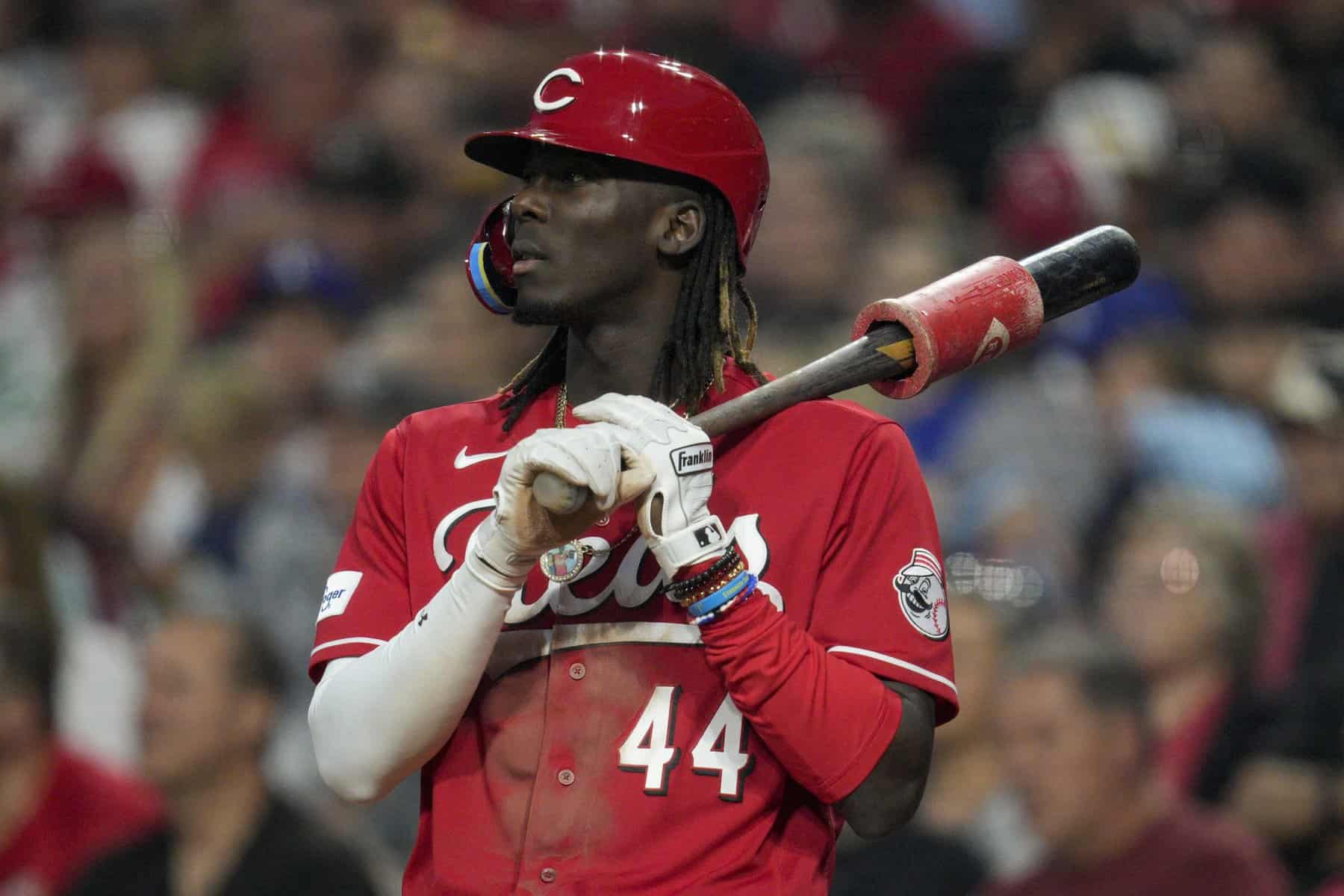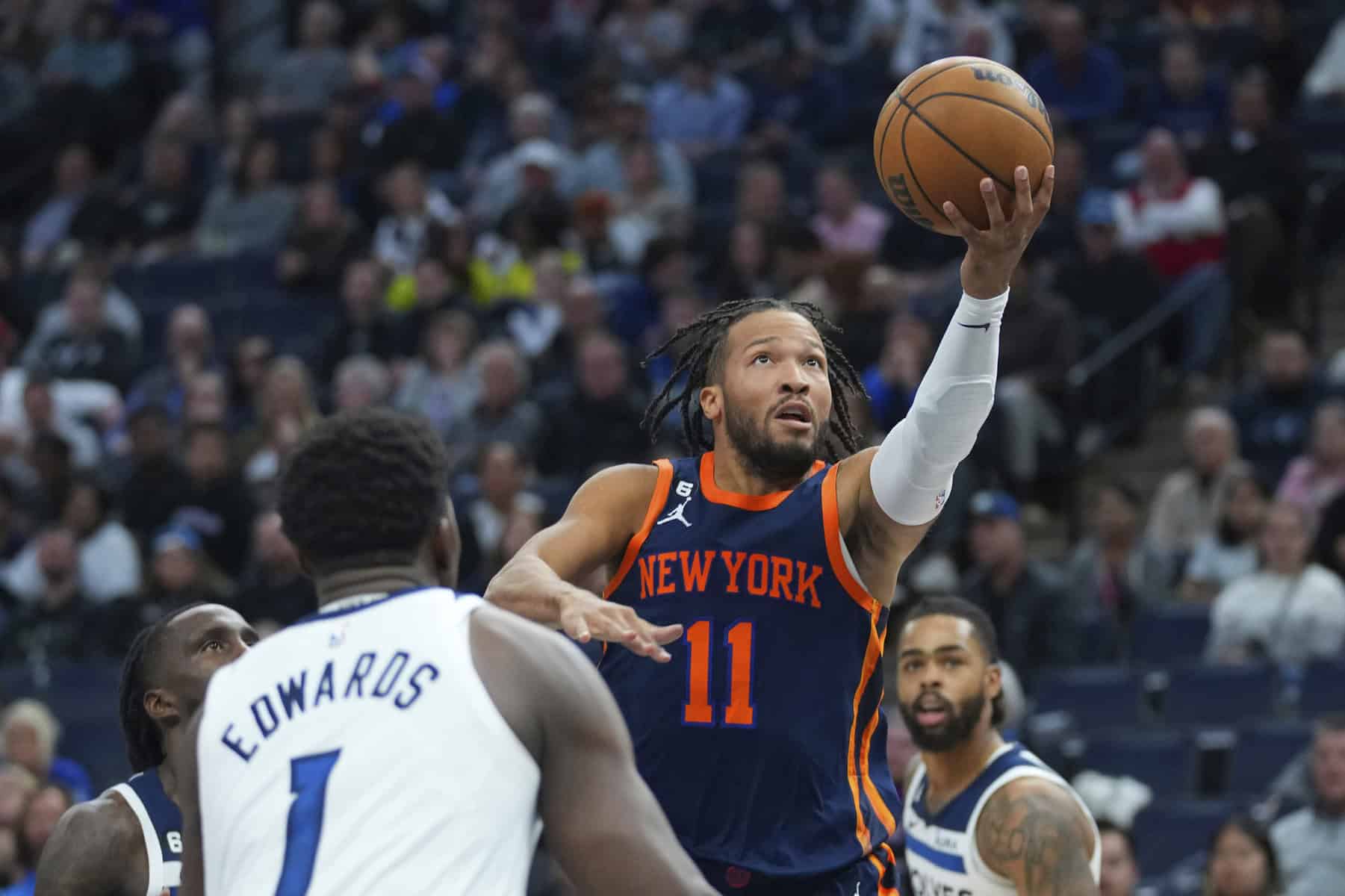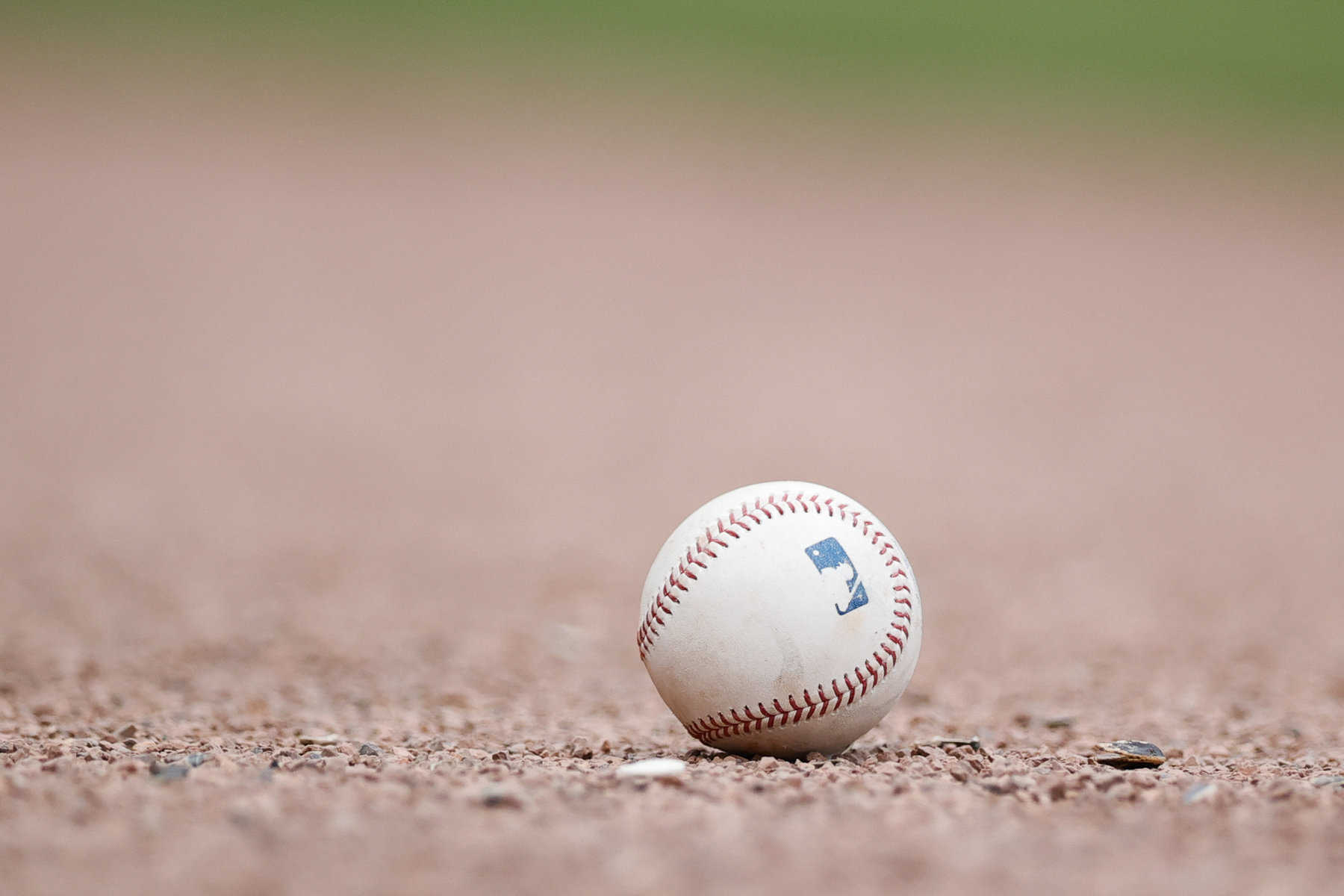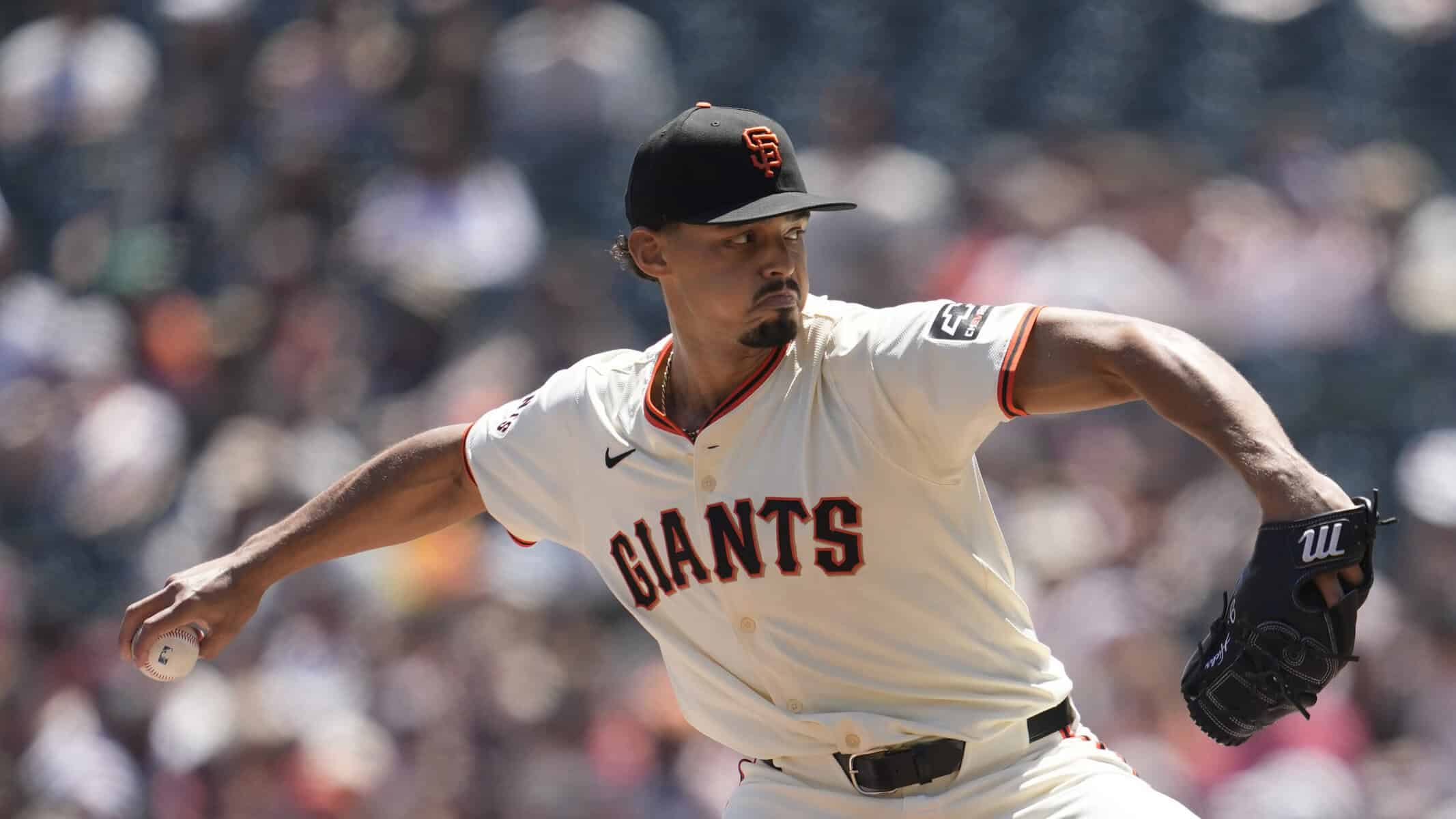In his book The Theory of Poker, author and poker pro David Sklansky introduced the concept of “Sklansky Bucks.” The term may sound funny (and a bit self-serving), but it quickly became one of the most important ideas in poker strategy. The gist of Sklansky’s idea is that your good plays will win money over time, even if your realized ROI is currently negative. The value of the concept doesn’t stop at poker. Daily Fantasy Sports (DFS) players and sports bettors should be familiar with it as well, and Stokastic’s Post-Contest Simulator tool is a great way to apply it. Let’s showcase how it can be used to help gather your own best MLB DFS advice and more.
Stokastic’s DFS pros are always busy producing content about how to use Stokastic Sims to create great lineups for DraftKings and FanDuel. But we can’t ignore the post-contest results that are helping players learn from “simulated ROIs” to improve their DFS process.
MLB DFS Advice, Strategy, Tools, Tims & More!
Understanding and Improving Your Simulated ROI
Sklasnky Bucks are the winnings you can expect over time if you play a poker hand in a certain way. When you’re holding pocket aces against a suited Ace-King hand, you’ve got an 87% chance of winning. If you and an opponent buy-in for $50, the pot is $100 and you win 87% of the time, then you can expect to profit $37 in this scenario ($87 – $50). You won’t always win, but your theoretical expected value can be calculated. Even in the 13% of times the pocket aces are defeated, knowing the edge gives players the confidence that they are playing correctly and will make money in the long-run. Eventually, theory and reality converge if you play your cards right.
Expected value calculations are par for the course in sports betting these days. The best DFS players have always worked on these calculations, as well. Now, Stokastic’s post-contest simulator makes defining those DFS edges possible for anyone.
The tool takes several contests in the DraftKings MLB DFS lobby and simulates how they would play out, post-hoc. Unlike the pre-contest simulations which rely upon the projected field that users input, the post-contest simulations can access every lineup in an actual contest, including the payout structure of that contest. This allows the tool to simulate the contest thousands of time using the actual lineups that we’re played. In other words, you won’t have to rely upon your realized ROI to determine if your process was effective.
There is a lot of talk about Stokastic’s pre-contest simulations, and for good reason. The tool helps players find the highest expected value lineups prior to the DFS slate so they can enter lineups with the highest expectation. But what happens after the simulations is the actual “poker” hand of DFS. The players are the flop cards and our lineups are our card holdings. Are your lineups as strong as pocket-aces vs. ace-king off suit? Or did the field play a hand you didn’t expect?
The post-contest simulator is how you can find these answers. While they do rely upon Stokastic’s projections and correlation coefficients, the more you utilize the post-contest simulations, the more you’ll get a feel for how your opponents construct lineups for various contests, which will allow you to adapt your own process. The beauty of the post-contest sims is that unlike other tools, the ROI calculations are based on the results of specific contests and their specific payout structures, rather than a generalized DFS GPP like the flagship contests on DraftKings and FanDuel. You will learn if you had a positive expectation and simply lost to the DFS variance, or if there’s need to improve.
Losing real entries is never fun, but if your post-contest Sim ROI is in the black, you can cash those Sklansky Bucks and know that bigger winnings are on the horizon.
Still trying to find your MLB DFS advice edge? Luckily Stokastic has a new tool to help you get there — the MLB Sims Tool! With it you can simulate any MLB DFS contest you are playing on a given night and see what lineups are the likeliest to be profitable. And if you need a head start on strategy, Greg Ehrenberg broke down how to combine the MLB Sims Tool with Fantasy Cruncher to build competitive MLB DFS lineups on a nightly basis.
Evaluating Simulated Lineup Results in the $121 Single Entry
Let’s review some results from the $121 Single Entry MLB DFS GPP on DraftKings from July 3rd and the early and main slates on July 4th. The $121 is often thought of as a mid-stakes game that attracts a mix of casual players and hand builders along with higher volume DFS players. It represents a different lineup profile that players used to hearing about in DFS content, which is usually geared toward the main GPP.
Ownership results for single entry contests, and mid to-high stakes tournaments are also quite different from most projections sources that tend to focus on MME tournaments. The difference in how these GPPs get played leads a lot of people to change their lineup construction for them, relying on anecdotes or untested observations that they’ve made from viewing their results.
The post-contest sims provide much more objective insight about how to best get an edge in these MLB DFS GPPs. I use the sims to develop a deeper understanding for how my opponents will play and what I need to do with my optimizer to build profitable lineups. After the slate ends, I ask what did the field do? And how did my lineup stack up against them? Do my lineups have a positive expected value in the simulations, even when they lost? If no, how can I change that by playing a different hand? If yes, what can I do to make them even better?
Answering these questions helps me evaluate the success of my process regardless of my realized ROI. It avoids the the problem of evaluating results based on actual return on investment, and the “noise” inherent in those data. It’s important to understand that was we go through our MLB DFS advice.
Here is a high-level look of my post-contest performance in the $121 “Battery” from the July 3rd main slate.
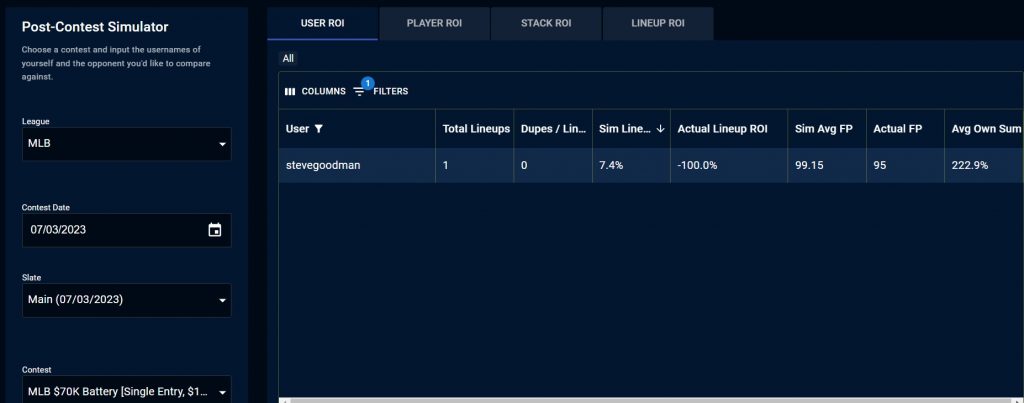
The first place I start is with the “Simulated ROI.” The lineup I entered can expect a 7.4% return on investment over time if it is played against this field of lineups. In the case of the July 3rd early slate, that is 642 entries competing for a $70,000 prize pool, with 152 places paid and $10,000 to first place. The payout structure is “flatter” than other GPPs, which along with the changes in how the field constructs lineups (i.e. ownerships condense), changes the expected value calculation from what we would see in something like a 150-max entry tournament.
The actual ROI of the lineup was negative. I scored 94.9 actual fantasy points, finished in 416th place and lost. But in the long run, Stokastic’s industry leading projections, correlation and range of outcome simulations has my lineup in the black, with the aforementioned 7.4% return. Yay Sklansky Bucks…
While I’m happy to have a 7.4% ROI, this isn’t something to rest my hat on. Stokastic Sims can always help us improve. Additionally, even though Stokastic has the best projections in the industry, this calculation is certainly sensitive to Stokastic’s own data, so we want to make that 7.4% as high as possible to insure robustness across all the industry sources.

My lineup had a 5-man Minnesota Twins stack with a 3-man Atlanta Braves stack. I used Tyler Wells and Bryce Elder at pitcher. Elder pitches for the Braves and has a bit of correlation with the mini-stack.
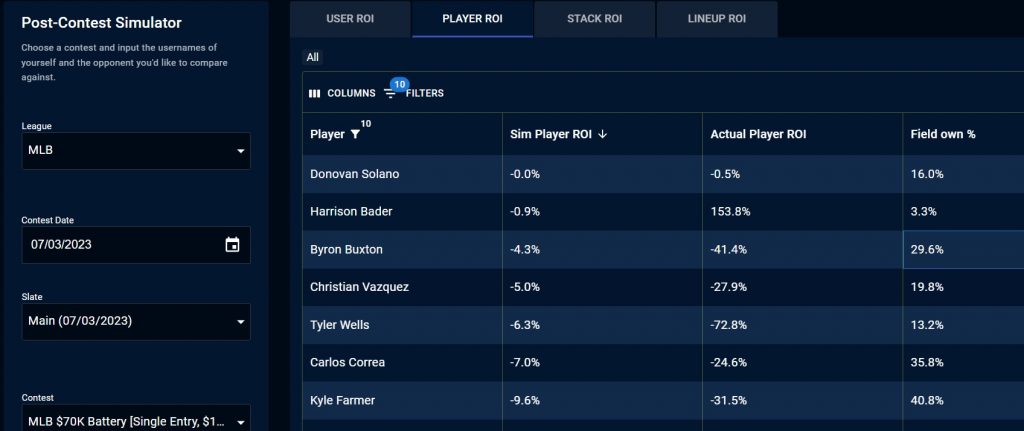
One of the interesting things about this lineup is that no player had a positive SIM ROI on their own, but the overall simulated ROI of Twins’ five man stacks was slightly positive. The correlation and lack of full Twins stack among the field was enough to lift this lineup into the black. It goes to show that it’s not just about what team you stack, but how (and how much) you stack them. Being different in the way I utilized the Twins worked out well enough to offset some of the drawbacks of this lineup.
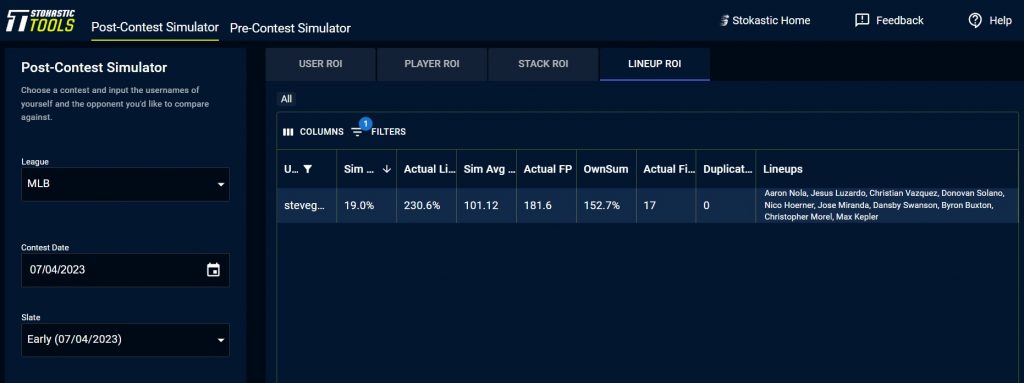
I went back to the well with the Twins the next day on the early slate of the 4th of July. They once again ended up being a slightly positive ROI 5-man stack in the $121 single entry. The change I made was with my mini-stack, choosing to go with the low-owned Cubs, who projected well in Stokastic’s Top Stack tool relative to their projected ownership. The leveraged worked out. The simulated ROI of Cubs’ 3-stacks was 16.7%. In fact, their entire team was low-owned relative to their chances of paying off in the post-contest sims, making them some of the highest ROI players on the MLB DFS slate
After playing an overly chalky Braves stack with poor leverage based on their projected fantasy points, I learned a lesson. My edge was increased by giving up a bit of projection in order to get an ownership discount. That’s intuitive if you’ve played DFS for a while, but the sims were able to quantify and display the ROI itself.
Finally, the main slate on the 4th of July went well, as well. I’ve been learning a bit more about lineup construction and how to use tools and optimizers to build DFS lineups with a positive expectation, at least in our model. These are certainly sensitive to Stokastic projections, but the pre-simulation tools offer enough flexibility to upload your own projection sets in order to check the theoretical EV of your lineups heading into the slate.
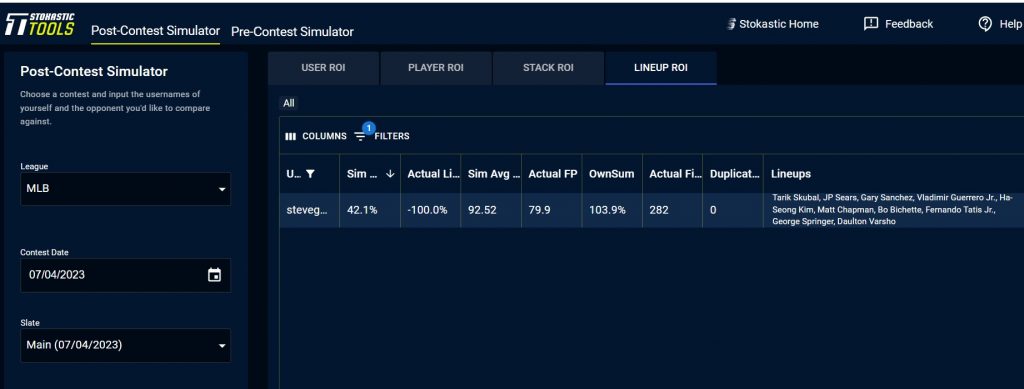
My simulated ROI was 42.1% on the main slate that day. The lineup was a loser, but the process was successful, especially when looking at the upward trajectory of my Sim ROI over the last three slates playing the $121 Single Entry. Nobody builds perfect lineups every time, but by checking the success rate in Stokastic’s model I’m able to grade my process, and do the same for every contest type that I enter on DraftKings.
These are just some of the basics of how to use Stokastic’s post-contest sims to improve your DFS process. Hopefully our MLB DFS advice, strategy, sims and tools are helpful. The tool offers insights into the types of stacks that win, specific players and roster constructions that have higher ROIs and much more. The pre-contest sims are the best tool for building high upside lineups, but without a post-contest check on the performance of those lineups, there would be no room for improvement.
